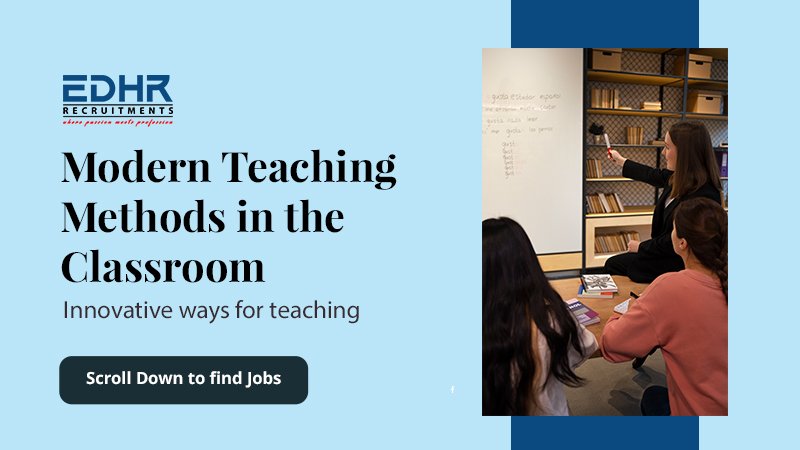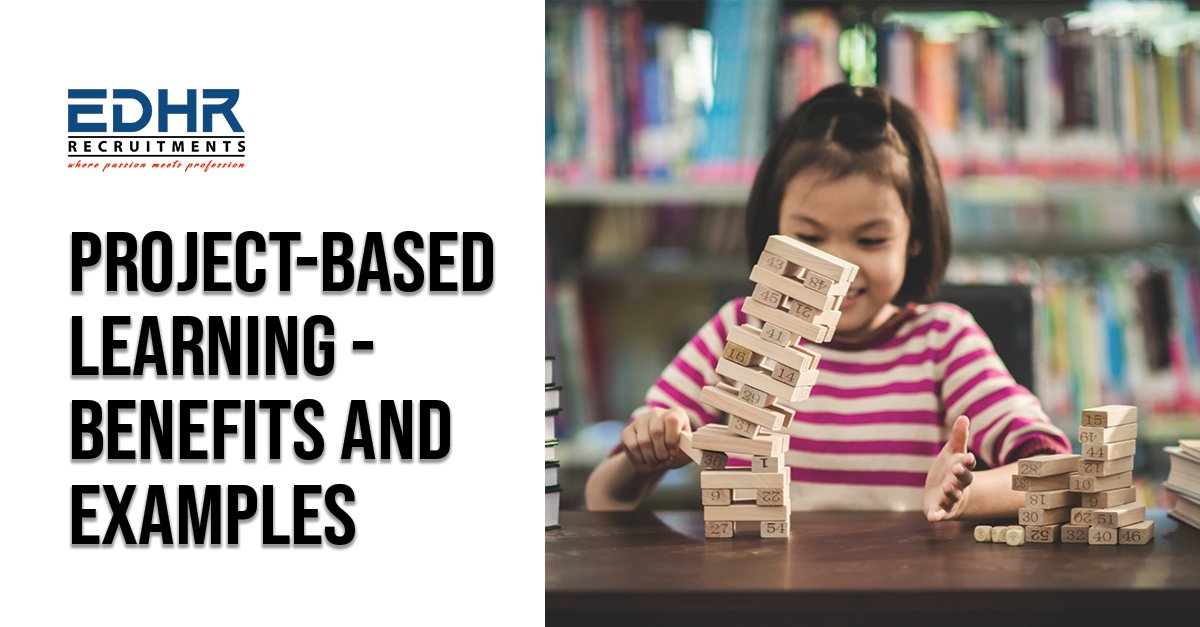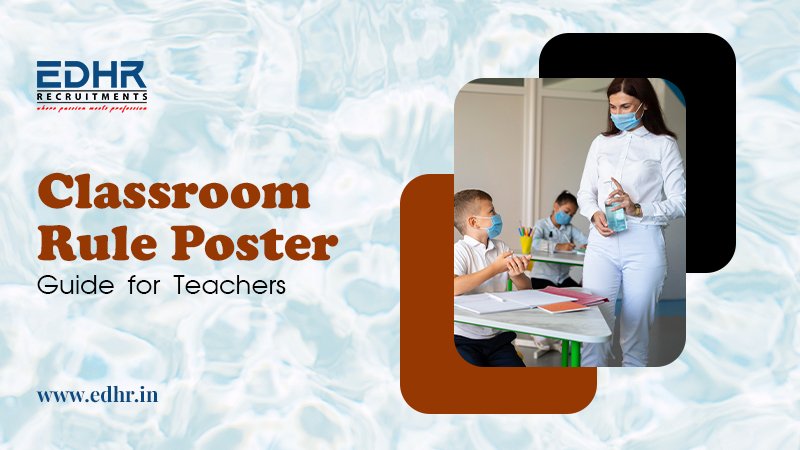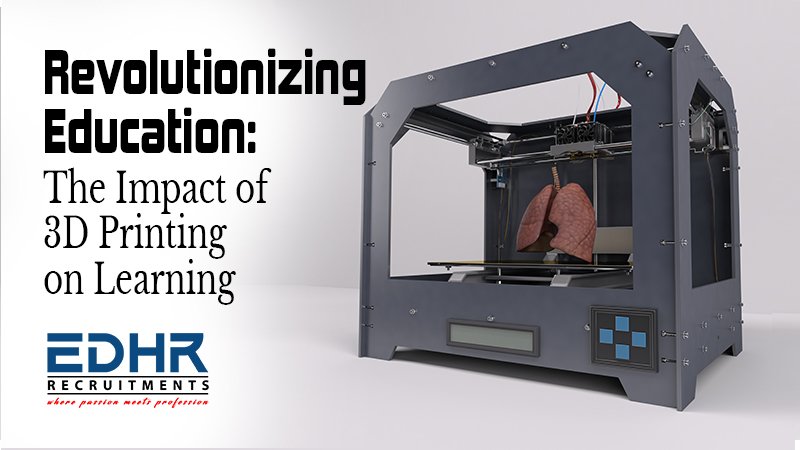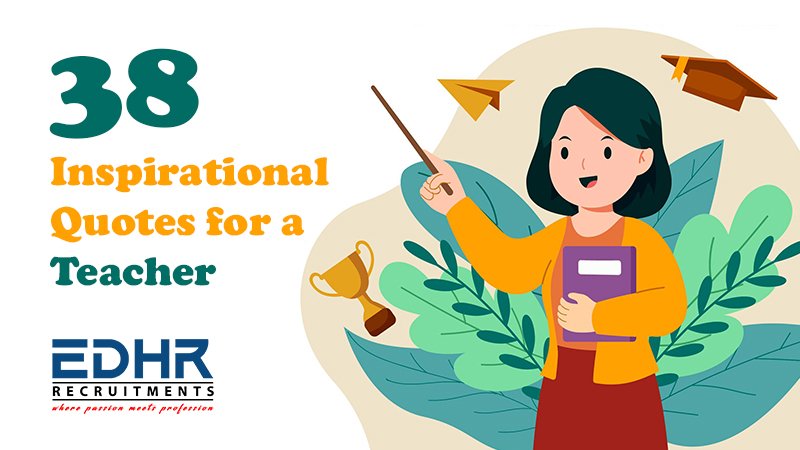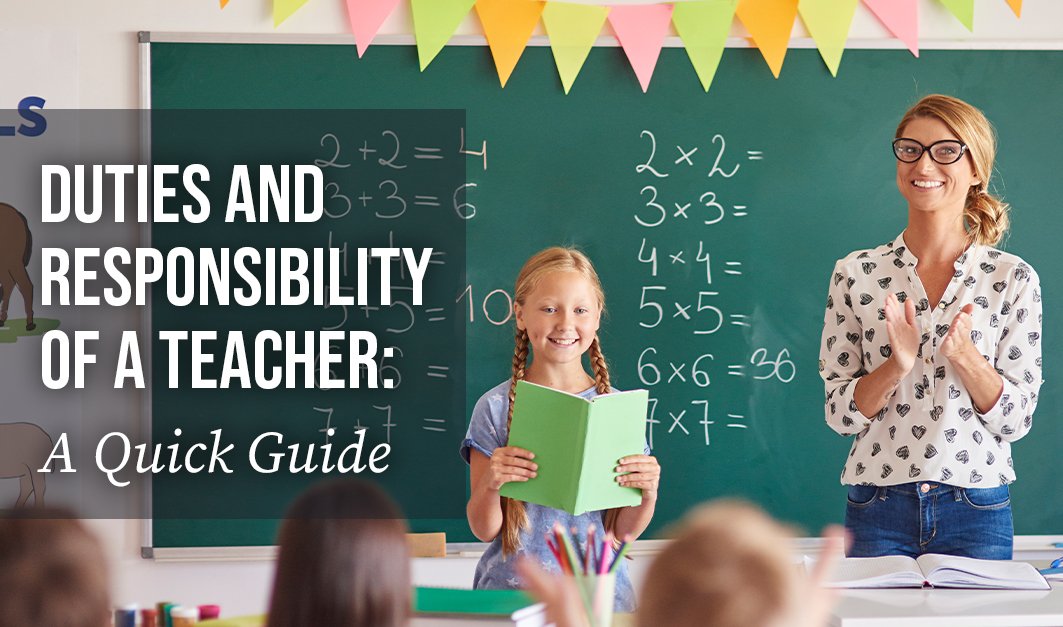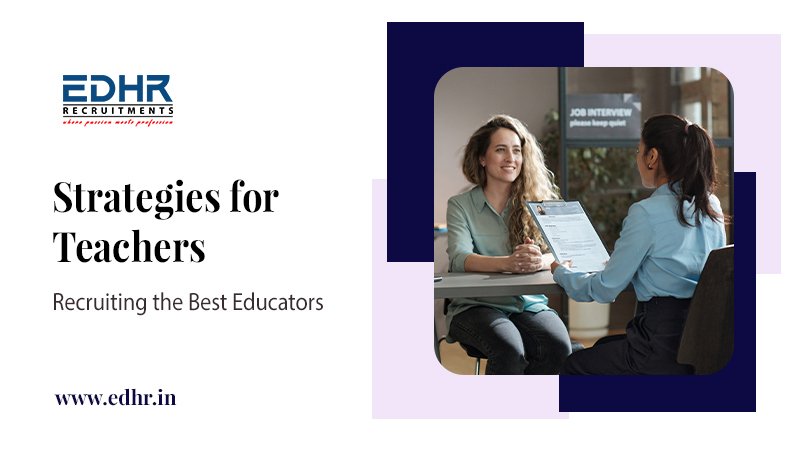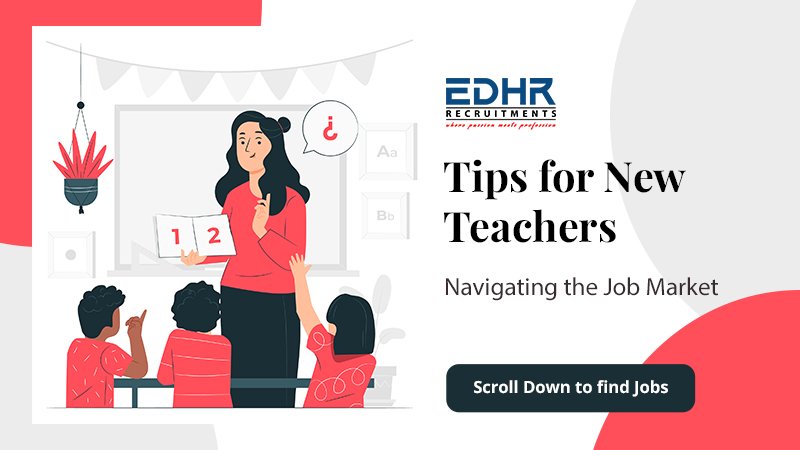Blog Details
Modern Teaching Methods in the Classroom - Innovative ways for Teaching
-
By EDHR
-
22-Mar-2024
In today's rapidly evolving educational landscape, educators are constantly seeking innovative approaches to engage and inspire their students. Modern teaching methods offer a departure from traditional instructional techniques, leveraging technology, collaboration, and personalised learning to foster a more dynamic educational experience.
Technical Modern Teaching Methods
● Interactive Whiteboards: Utilising interactive whiteboards to
facilitate dynamic and engaging lessons, allowing for multimedia integration
and real-time interaction with content.For instance, using interactive
whiteboards to facilitate dynamic and engaging lessons in subjects such as
mathematics, where visual representations and real-time manipulation of
equations can enhance understanding.
●
Online Learning Platforms: Leveraging online learning
platforms to supplement classroom instruction, providing access to a wealth of
resources, and fostering digital literacy. Platforms like Khan Academy,
Coursera, or Moodle provide a wide range of educational resources, interactive
exercises, and assessments, allowing for personalised learning and self-paced
progress.
● Differentiated Instruction: Tailoring instruction to accommodate diverse learning styles and abilities, ensuring that each student's individual needs are met. In a language arts class, differentiated instruction by offering a variety of reading materials at different complexity levels to accommodate varying reading abilities within a single classroom.
●
Project-Based Learning: Emphasising hands-on,
collaborative projects that allow students to explore real-world problems and
develop critical thinking skills. For example, in a science class, students
could engage in a project to design and build a model solar-powered vehicle, integrating
principles of physics and engineering.
● Group Work and Peer Teaching: Encouraging collaboration among students, fostering teamwork skills, and enabling peer-to-peer knowledge sharing. In a history class, organising group projects where students research and present different aspects of a historical event, encouraging collaboration and knowledge sharing among peers.
●
Flipped Classroom Model: Inverting the traditional
classroom structure by having students review materials at home and using class
time for interactive discussions and activities. In a language class, assigning
students the task of reviewing grammar rules and vocabulary at home through
interactive online modules, and using class time for discussions and language
practice activities.
● Field Trips and Experiential Activities: Providing students with real-world experiences outside the classroom to enhance their understanding of the subject matter.Taking students to a local museum or science centre to provide hands-on experiences that complement classroom learning in subjects such as history or biology.
●
Simulation and Gamification: Introducing educational
simulations and gamified learning experiences to make complex concepts more
accessible and engaging. Using educational simulations
or gamified learning experiences to teach complex concepts, such as using a
business simulation game to teach entrepreneurship and business management
principles.
● Visual and Kinesthetic Learning: Incorporating visual aids, hands-on activities, and multimedia content to accommodate different learning preferences. Incorporating educational videos, hands-on experiments, and interactive demonstrations to cater to visual and kinesthetic learners in subjects like chemistry and physics.
● Multimedia Presentations: Encouraging students to create and
deliver multimedia presentations as a means of expressing their understanding
of the material. Allowing students to create multimedia presentations using
tools like PowerPoint or Prezi to demonstrate their understanding of a topic in
subjects such as geography or environmental science.
In
summary, modern teaching methods encompass a wide array of innovative
approaches that aim to make learning more engaging, relevant, and personalised
for students. By embracing these methods, educators can create dynamic and
inclusive learning environments that cater to the diverse needs and preferences
of today's learners.
Passionate about teaching? Register with the EDHR teaching job portal for exclusive access to exciting job opportunities.
